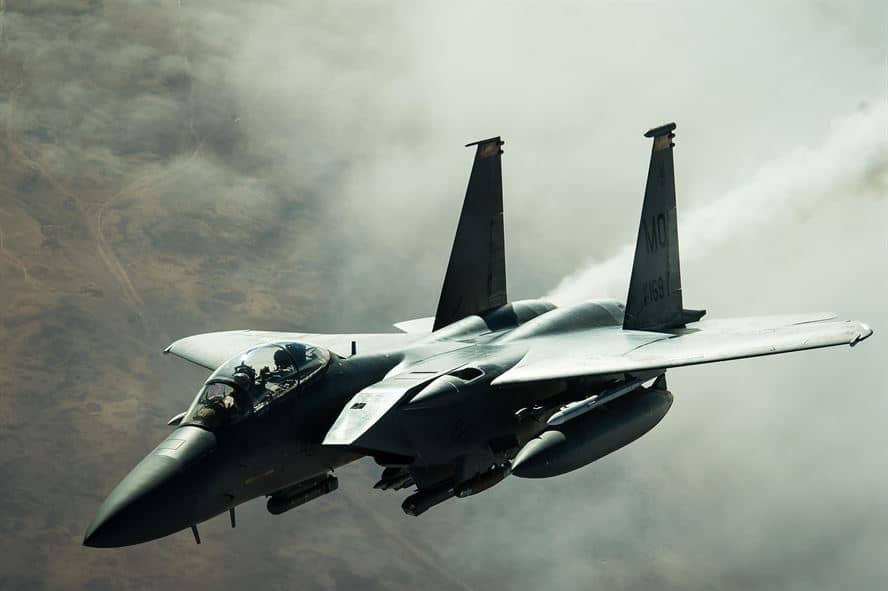
U.S. targets Houthi anti-ship missiles in “self-defense” strikes
The attacks against Houthi missiles are no longer being conducted under the aegis of an international coalition, but directly by the U.S. military.

The attacks against Houthi missiles are no longer being conducted under the aegis of an international coalition, but directly by the U.S. military.

The Houthis have launched three strikes, including one against a U.S. warship, since the U.S. and U.K. attacked Houthi military targets on Jan. 11 in an effort to restore deterrence. The Houthis have not been deterred.

The attack is the latest by the Houthis against international shipping and U.S. Navy warships. The U.S. military has yet to respond to repeated attacks on U.S. warships and commercial vessels.
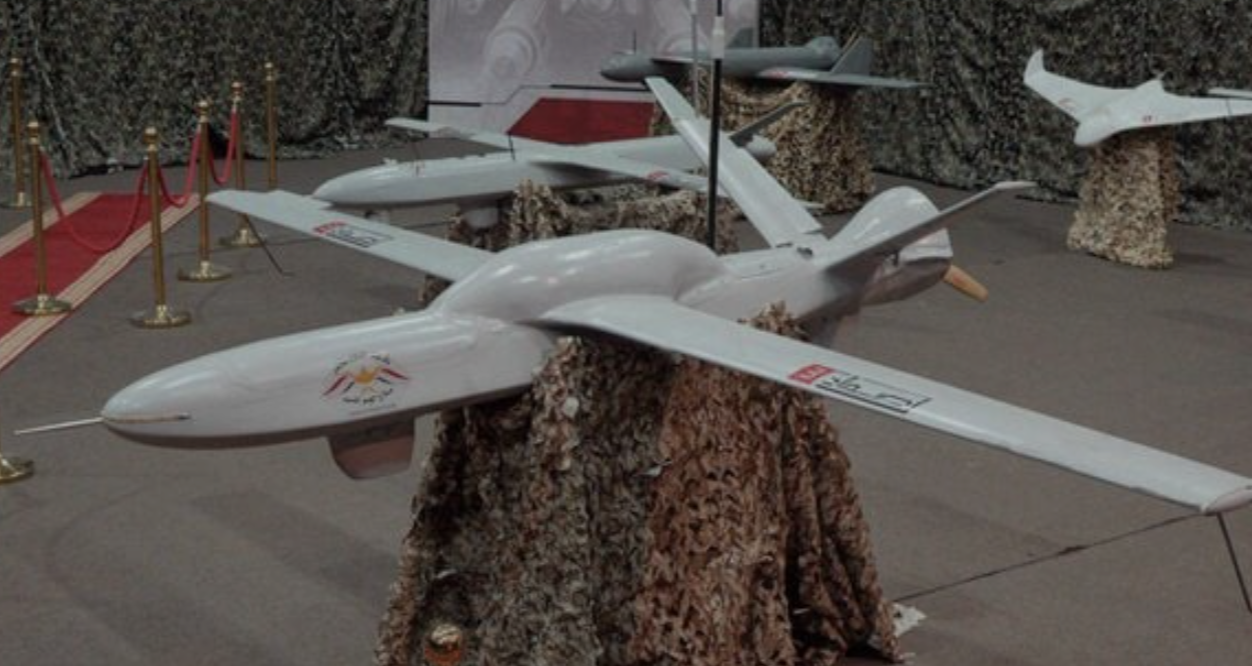
The USS Carney shot down an Iranian-supplied KAS-04 UAV as it was “was heading toward the warship.” The UAV was likley launched by the Iranian-backed Houthis.

The anti-ship ballistic missiles, which were fired by the Houthis after a U.S. warship foiled a hijacking in the Gulf of Aden, missed their mark. The U.S. military has not responded to the attack.
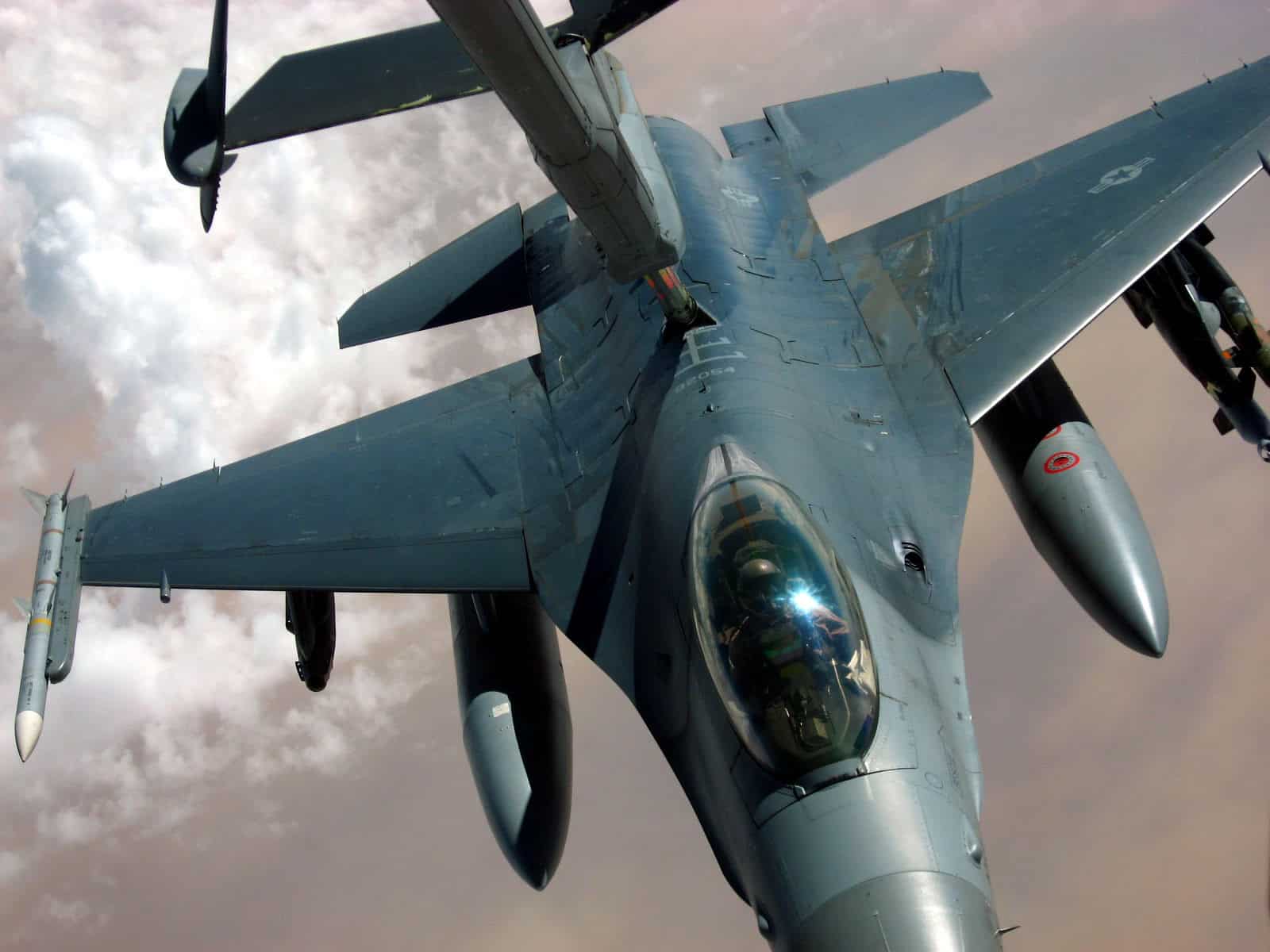
The the U.S. military accused Iran of directly carrying out attacks on U.S. forces. “close-range ballistic missiles” were used in a recent attack against U.S. forces.

Unlike three previous strikes by the U.S. military which were intended to deter the militias from attacking U.S. forces, today’s strike targeted a Hezbollah Brigades team that had targeted a U.S. base in western Iraq.
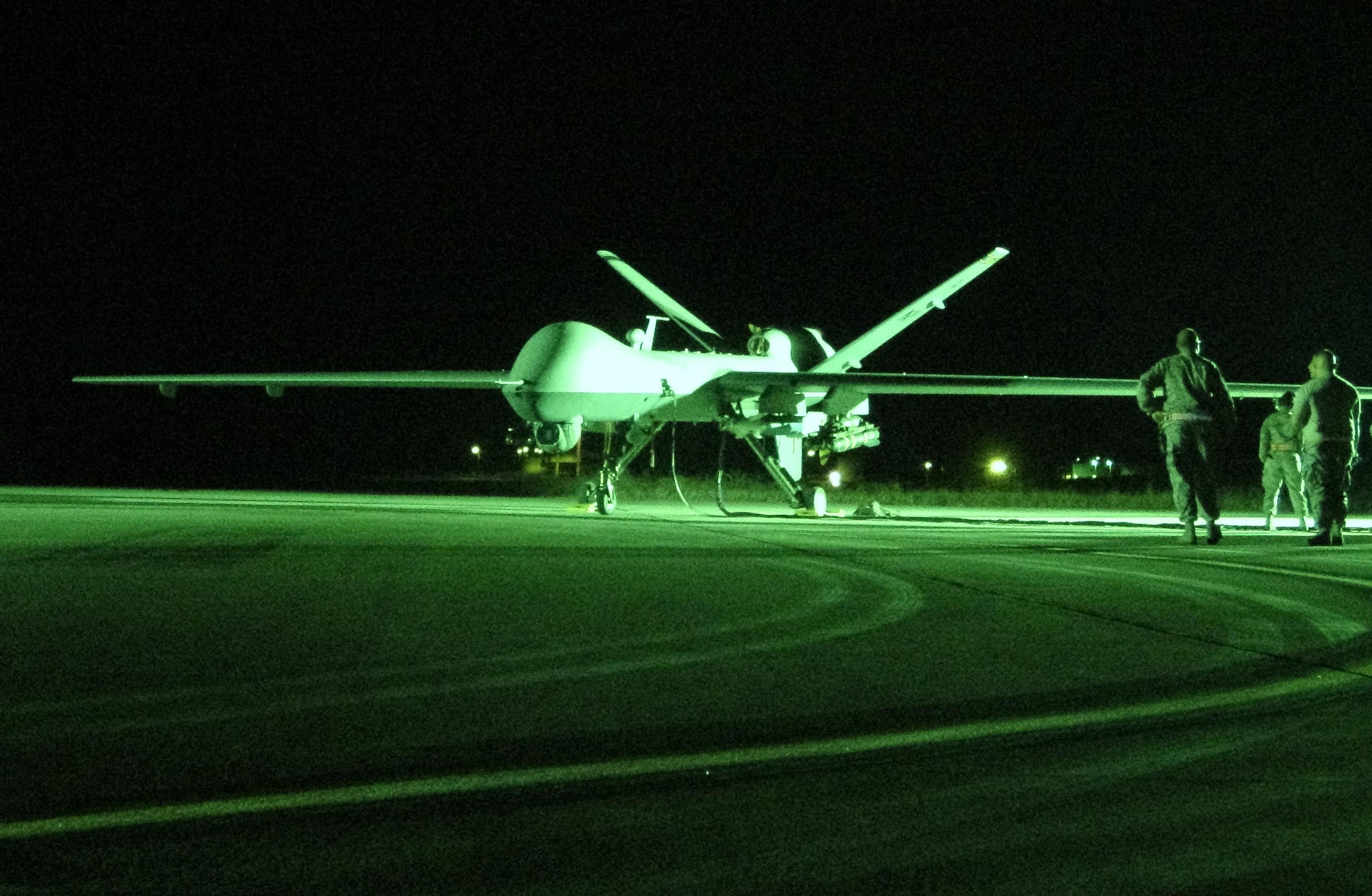
The Iran-backed militia in Yemen that is better known as the Houthis shot down an unmanned U.S. MQ-9 Reaper in international waters off the coast of Yemen. The Houthis have shot down four U.S. Reapers since 2017.

Iran’s militias in Iraq and Syria have launched at least 24 strikes, primarily with drones, rockets, and mortars on U.S. military bases since Oct. 17. Five of the attacks took place after the U.S. military struck IRGC weapons depots in Syria in a failed effort to reestablish deterrence.

In response to a spate of attacks on U.S. bases in Iraq and Syria by Iran-backed militias, the U.S. military struck two IRGC weapons storage sites in Syria. After years of largely ignoring these strikes, the Biden administration wants to deter the militias from future assaults. It may be too late.

The USS Carney intercepted three missiles fired from Yemen as it was patrolling the Red Sea. The missiles appear to have been fired at Israel.

Deh Yak district, where the E-11A Battlefield Airborne Communications Node aircraft is said to have crashed, is one of the 11 districts in Ghazni that are under Taliban control.
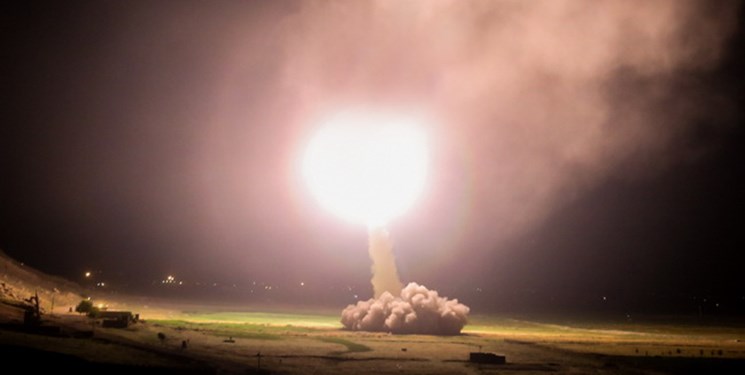
The U.S. Department of Defense confirmed the attack was “launched from Iran” and that it “targeted at least two Iraqi military bases hosting U.S. military & coalition personnel at Al-Assad & Irbil.” No casualties have been reported.
Iran’s political elite have weighed-in on the recent US cruise missile strikes in Syria and used the opportunity to plug their regime’s narrative. While time will tell if Iran will ultimately read the strike as a show of American resolve or indecision, Iranian officials have fallen back on gloating, intimidation, and misinformation tactics that so often characterize Persian-language reporting.